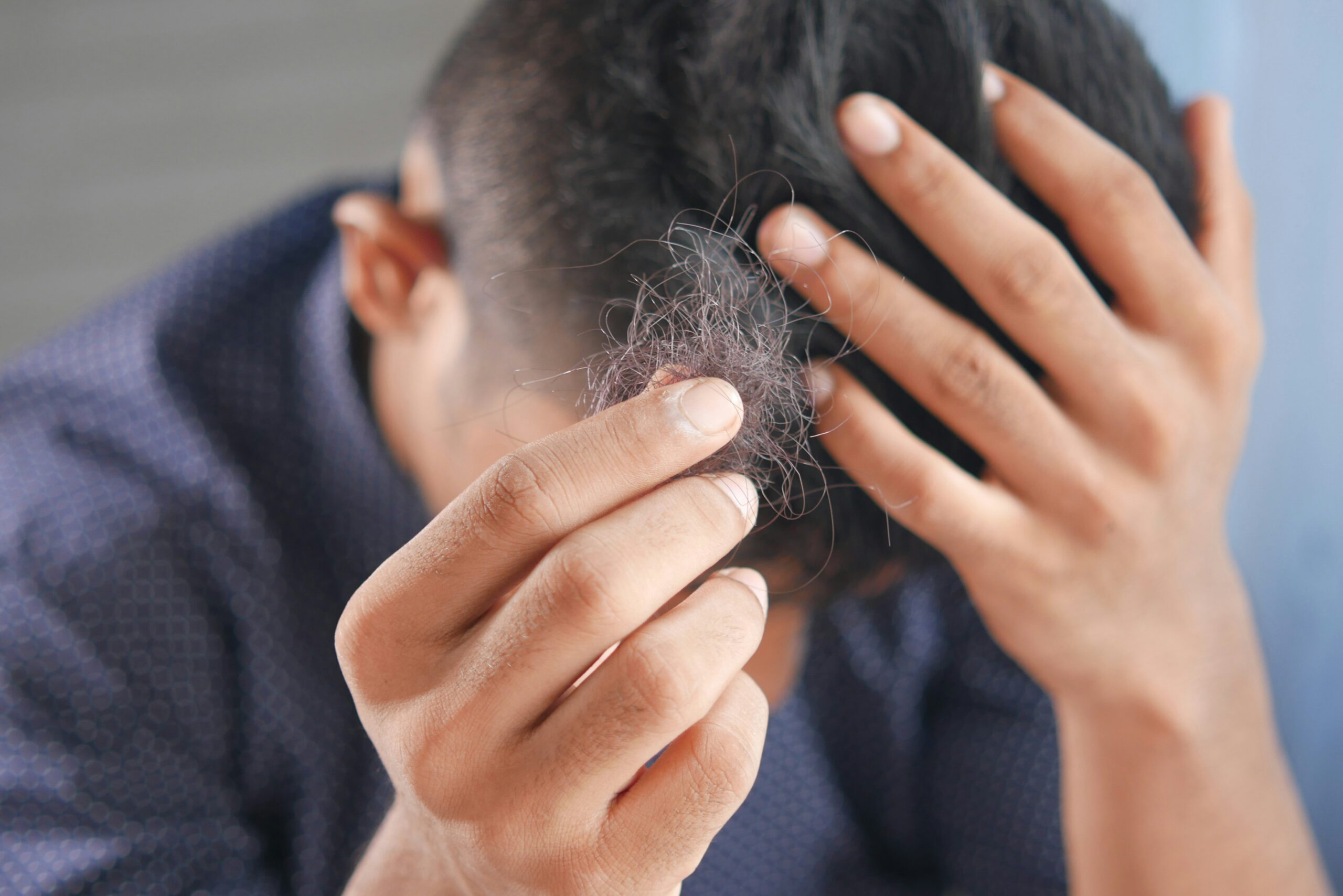
What is Alopecia Areata?
Alopecia areata is an autoimmune disorder that causes hair loss in patches. It can affect anyone regardless of age, gender, or ethnicity. This condition is often sudden and can impact a person’s psychological well-being due to the visible effects of hair loss.
Symptoms of Alopecia Areata
The primary symptom of alopecia areata is the appearance of small, round bald patches on the scalp or other areas of the body. These patches can sometimes connect, leading to more extensive hair loss. In some cases, the hair may grow back, only to fall out again later.
Some individuals may experience tingling or itching before hair loss begins. Eyelashes and eyebrows may also be affected, which can cause further distress.
Causes and Treatment Options
The exact cause of alopecia areata is still not fully understood. However, it is believed to be linked to genetic and environmental factors that trigger an autoimmune response. The immune system mistakenly attacks hair follicles, leading to hair loss.
While there is no cure for alopecia areata, various treatment options exist. Corticosteroids, topical immunotherapy, and minoxidil are commonly used to promote hair regrowth. In some cases, support groups and counseling may also help those affected cope with the emotional impact of the disease.
In summary, understanding alopecia areata is crucial for affected individuals. With appropriate treatment and support, many can manage the symptoms of this challenging autoimmune disease.
Alopecia Areata (AA) is a chronic autoimmune skin disease that causes hair loss in patches. It affects approximately 2% of the global population, with both males and females equally affected.
Types of Alopecia Areata
- Patchy Alopecia Areata: The most common form, characterized by one or more patches of hair loss.
- Alopecia Totalis: A rare form, characterized by complete hair loss on the scalp.
- Alopecia Universalis: A rare form, characterized by complete hair loss on the body.
- Alopecia Monolocularis: A rare form, characterized by hair loss in one area, such as the eyebrow or beard.
Symptoms
- Patchy hair loss: Sudden appearance of one or more patches of hair loss.
- Itching or burning: Mild itching or burning sensation in the affected area.
- Redness and inflammation: Mild redness and inflammation in the affected area.
- Exclamation mark hairs: Short, broken hairs that narrow towards the base.
Causes and Risk Factors
- Genetic predisposition: Family history of AA or other autoimmune diseases.
- Autoimmune response: The immune system mistakenly attacks the hair follicles.
- Hormonal imbalances: Hormonal changes, such as those that occur during pregnancy or menopause.
- Stress: Physical or emotional stress can trigger AA.
Treatment and Management
- Corticosteroids: Topical or injected corticosteroids to reduce inflammation.
- Minoxidil: Topical application to stimulate hair growth.
- Anthralin: Topical application to slow down hair growth and reduce inflammation.
- Phototherapy: Exposure to specific wavelengths of light to stimulate hair growth.
- Immunotherapy: Medications to suppress the immune system and prevent further hair loss.
Lifestyle Modifications
- Reduce stress: Engage in stress-reducing activities, such as yoga or meditation.
- Maintain a healthy diet: Eat a balanced diet rich in vitamins and minerals.
- Avoid harsh hair treatments: Avoid excessive heat styling, chemical treatments, or tight hairstyles.
- Use gentle hair care products: Use mild shampoos and conditioners.
